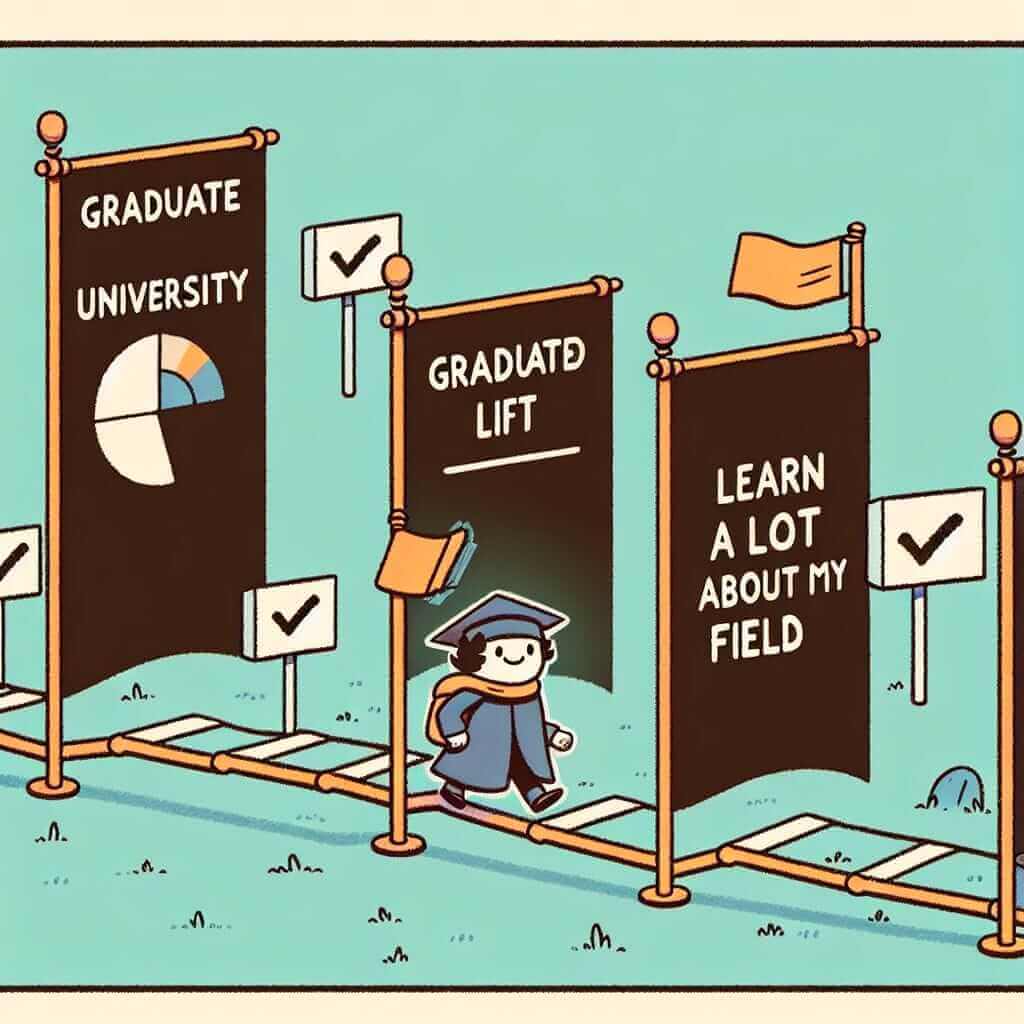“By the time” is a handy phrase for talking about future events in relation to each other. It’s especially useful in IELTS, where you’ll often be discussing plans, predictions, or hypothetical situations. Let’s see how it works with some examples:
Speaking Example (Part 3):
Examiner: Do you think online learning will replace traditional classrooms?
Candidate: By the time virtual reality becomes truly immersive, maybe. But even then, I think people will still crave face-to-face interaction.
Writing Example (Task 2):
Some argue that robots will take over many jobs in the future. While this is a valid concern, it’s also likely that new industries will emerge by the time this happens.
Analysis:
In both examples, “by the time” shows that one future event (virtual reality becoming immersive, robots taking jobs) will occur before another (online learning replacing classrooms, new industries emerging).
Understanding “By the Time”
“By the time” is a conjunction. It connects two clauses:
- Clause 1: Describes an event that will happen in the future.
- Clause 2: Describes another future event that will occur at or before the time mentioned in Clause 1.
Grammar Structure and Usage
Structure:
By the time + [Subject + Verb (Simple Present)], [Subject + Verb (Future Perfect/Simple Future)]
Explanation:
- Clause 1 (Simple Present): Despite referring to the future, we use the simple present tense after “by the time.” This emphasizes the event as a point in time.
- Clause 2 (Future Perfect/Simple Future): We typically use the future perfect tense (“will have + past participle”) in this clause to show that the action will be finished before the time mentioned in the first clause. However, the simple future can also be used, particularly in spoken English or informal writing.
Examples:
- By the time I graduate university, I will have learned a lot about my field.
- By the time the concert starts, the traffic will probably clear.

Using “By the Time” to Improve Your IELTS Score
- Speaking (Fluency and Coherence): “By the time” helps you link ideas naturally, making your speech sound more fluent and organized.
- Writing (Grammatical Range and Accuracy): Using this structure correctly demonstrates a good grasp of English grammar and your ability to use complex sentences.
Sample Sentences for IELTS:
- Speaking (Part 1): “By the time I’m 30, I hope to have traveled to at least five different continents.”
- Writing (Task 1 – Describing a Process): “By the time the product reaches the packaging stage, it will have undergone several quality checks.”
- Writing (Task 2 – Opinion Essay): “By the time renewable energy sources become widely adopted, fossil fuels will likely be even more scarce.”
Common Errors to Avoid
- Incorrect Tense: Remember to use the simple present tense after “by the time,” even though it refers to the future.
- Incorrect: By the time I will finish my work…
- Correct: By the time I finish my work…
- Confusing with “Until”: “By the time” and “until” have different meanings. “By the time” suggests that something will definitely happen at or before a certain point, while “until” indicates that something continues up to a certain point.
- By the time: I’ll be asleep by the time you get home. (I will definitely be asleep when you arrive.)
- Until: I’ll wait here until you get back. (I will continue waiting until you return.)
Conclusion
Mastering the use of “by the time” can significantly enhance your ability to express complex temporal relationships in English. Remember the correct grammatical structure and practice using it in various contexts to boost your confidence and achieve your desired IELTS band score. Be sure to explore other time connectors as well to diversify your vocabulary and grammatical range.